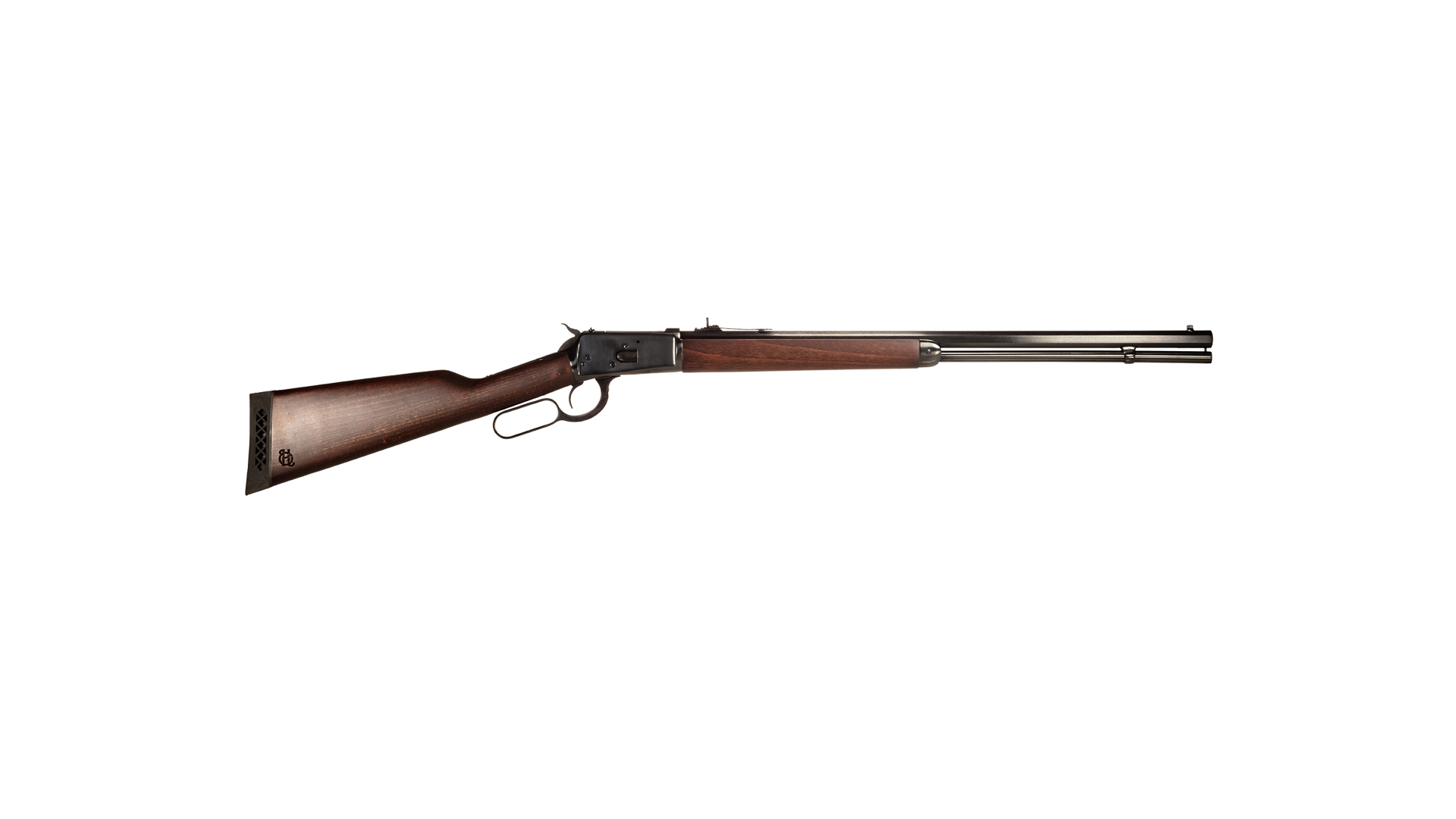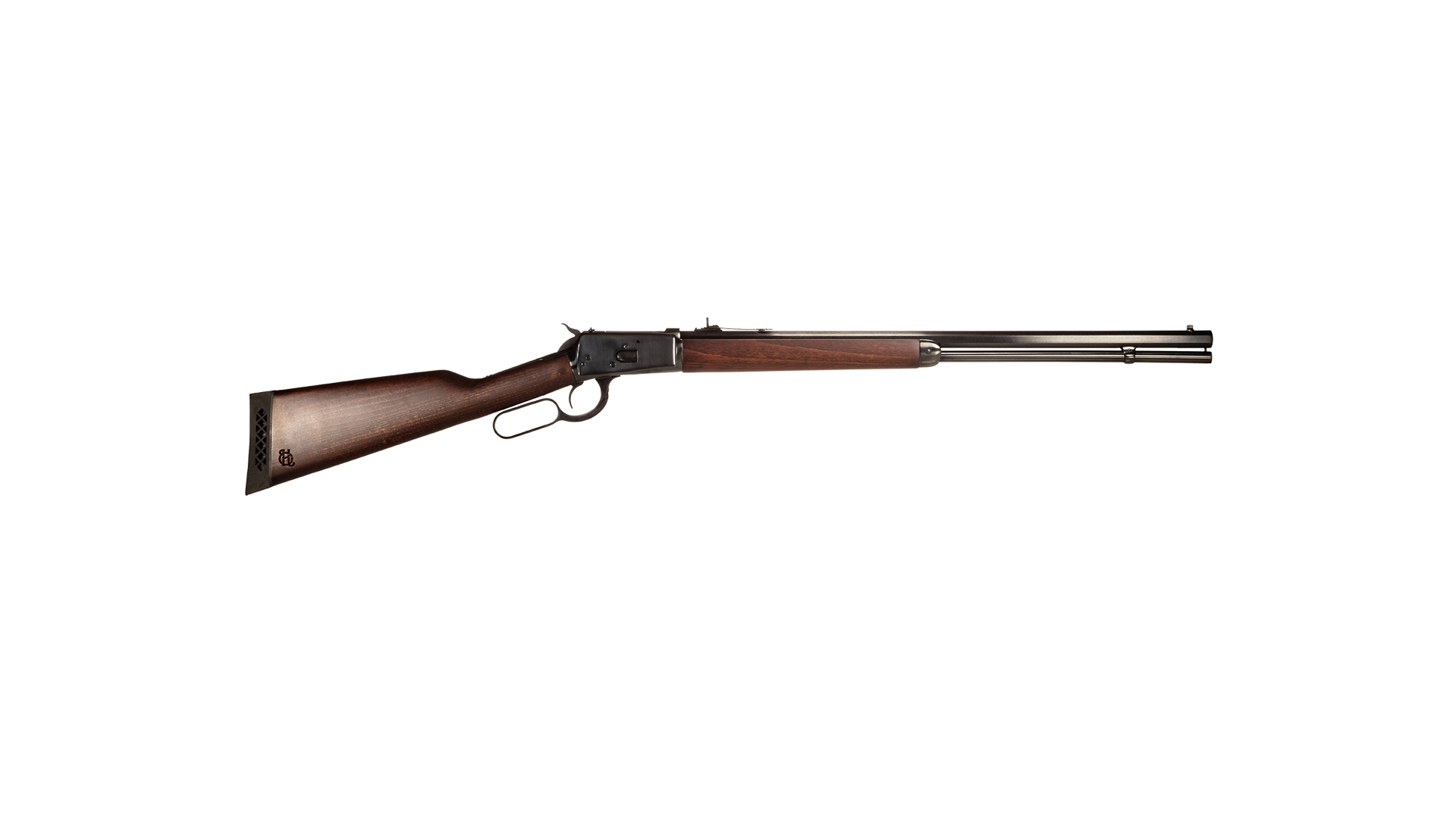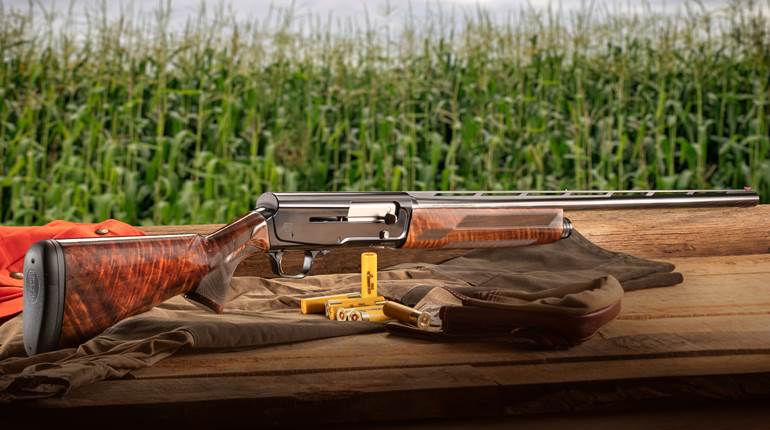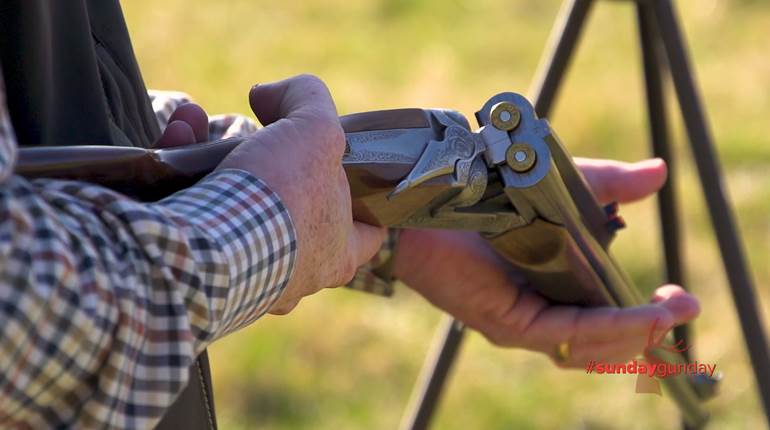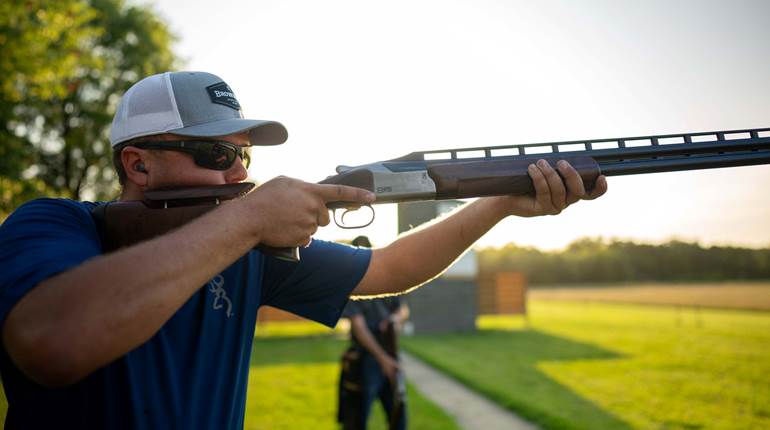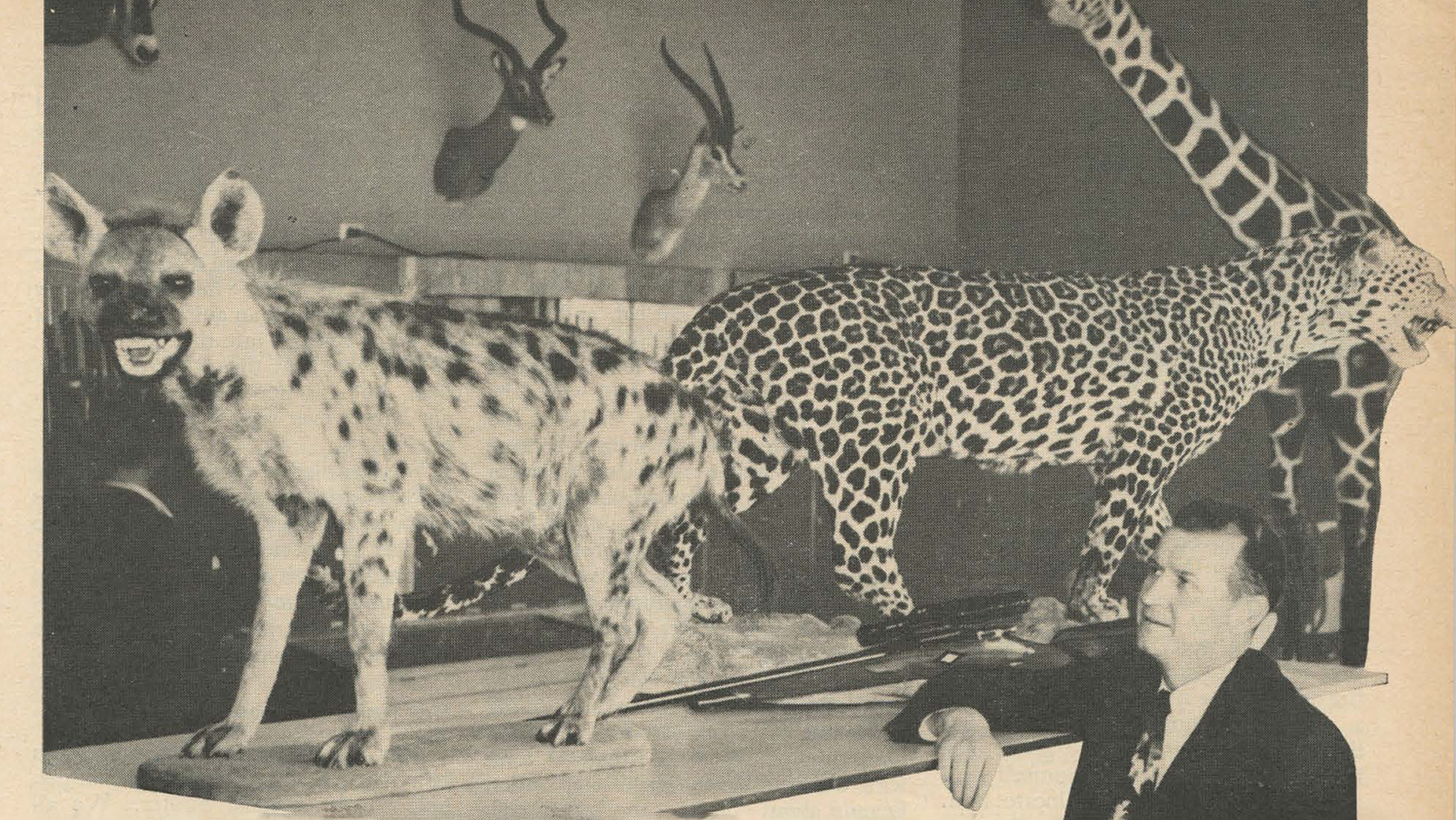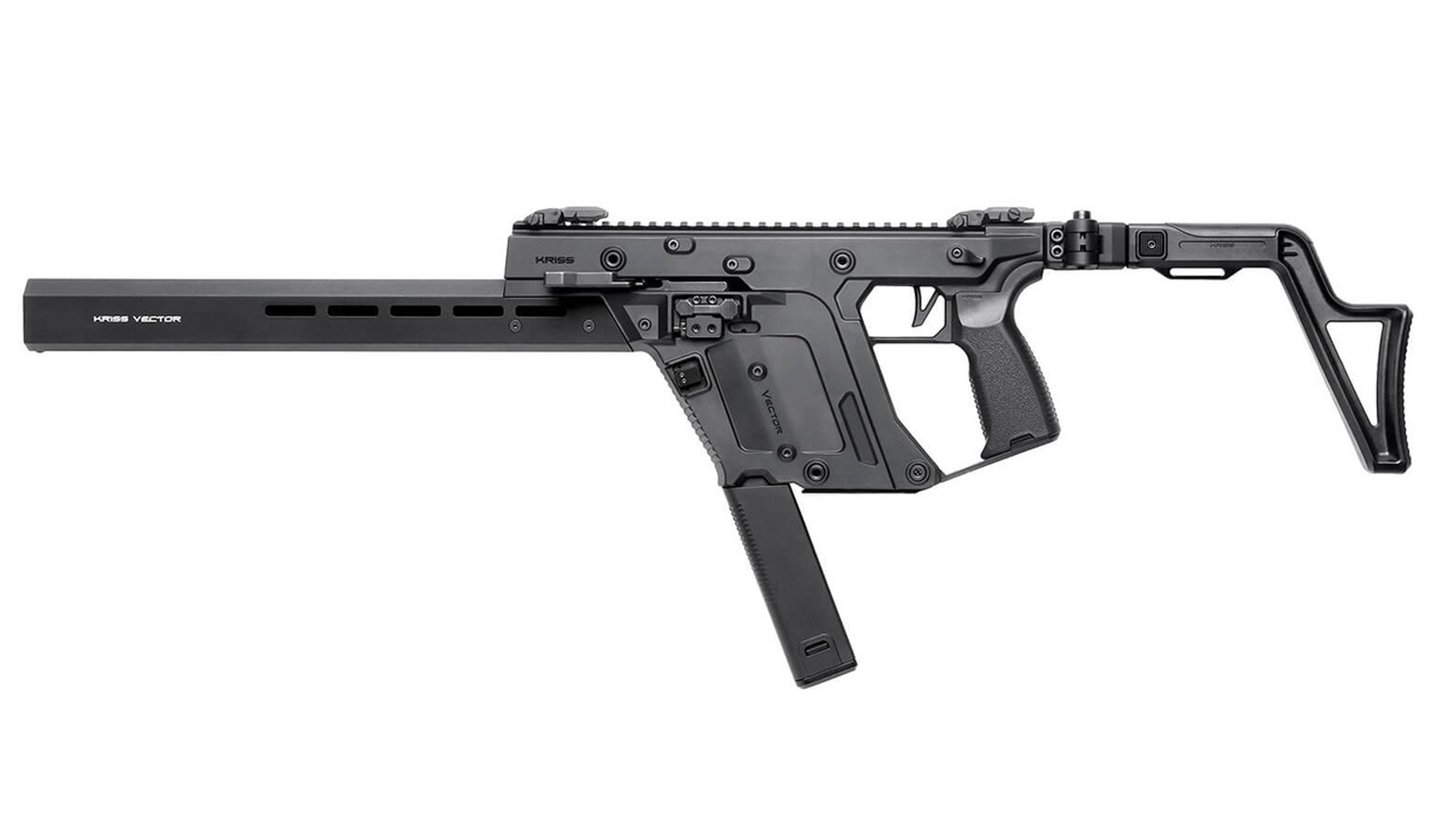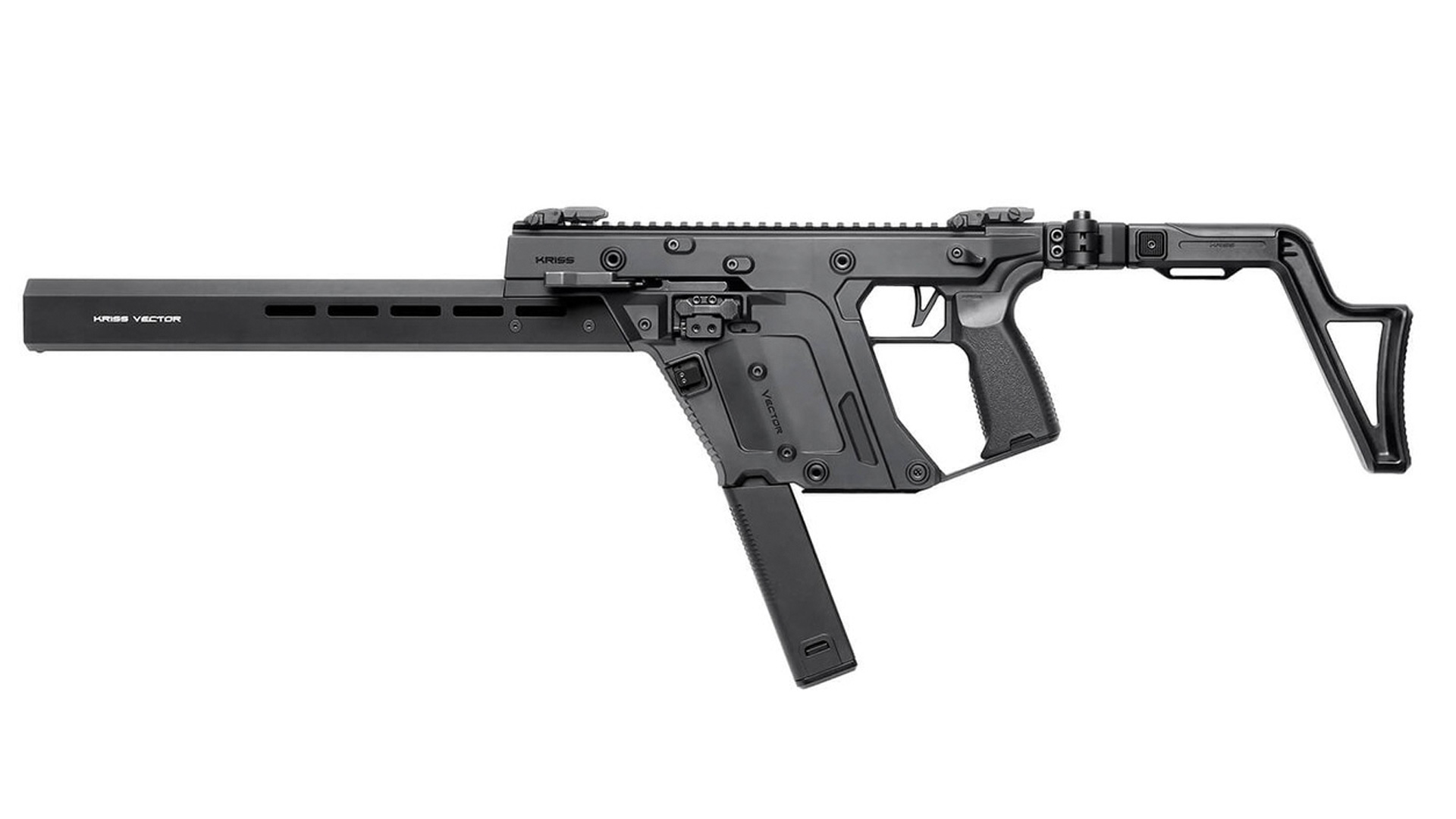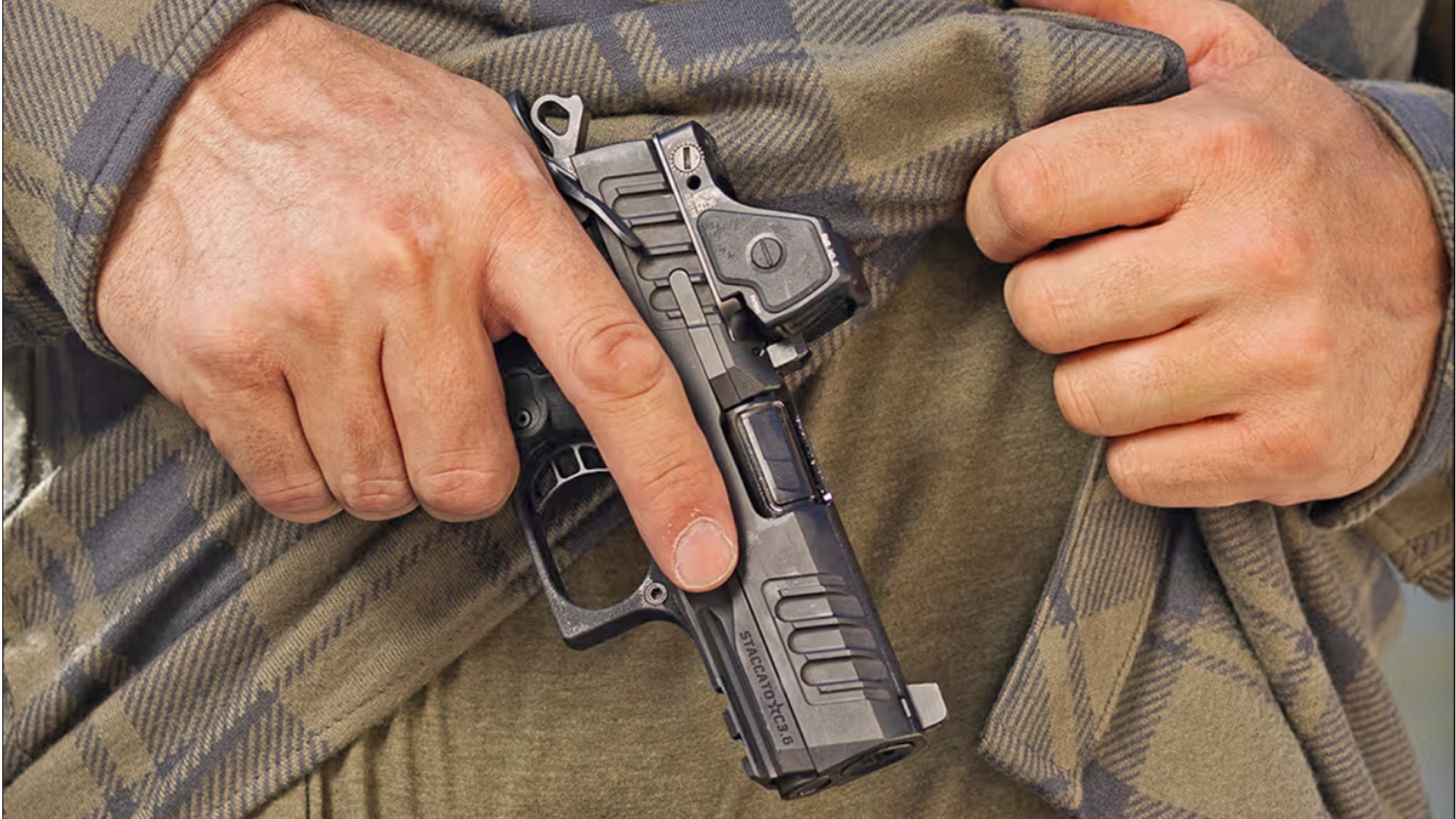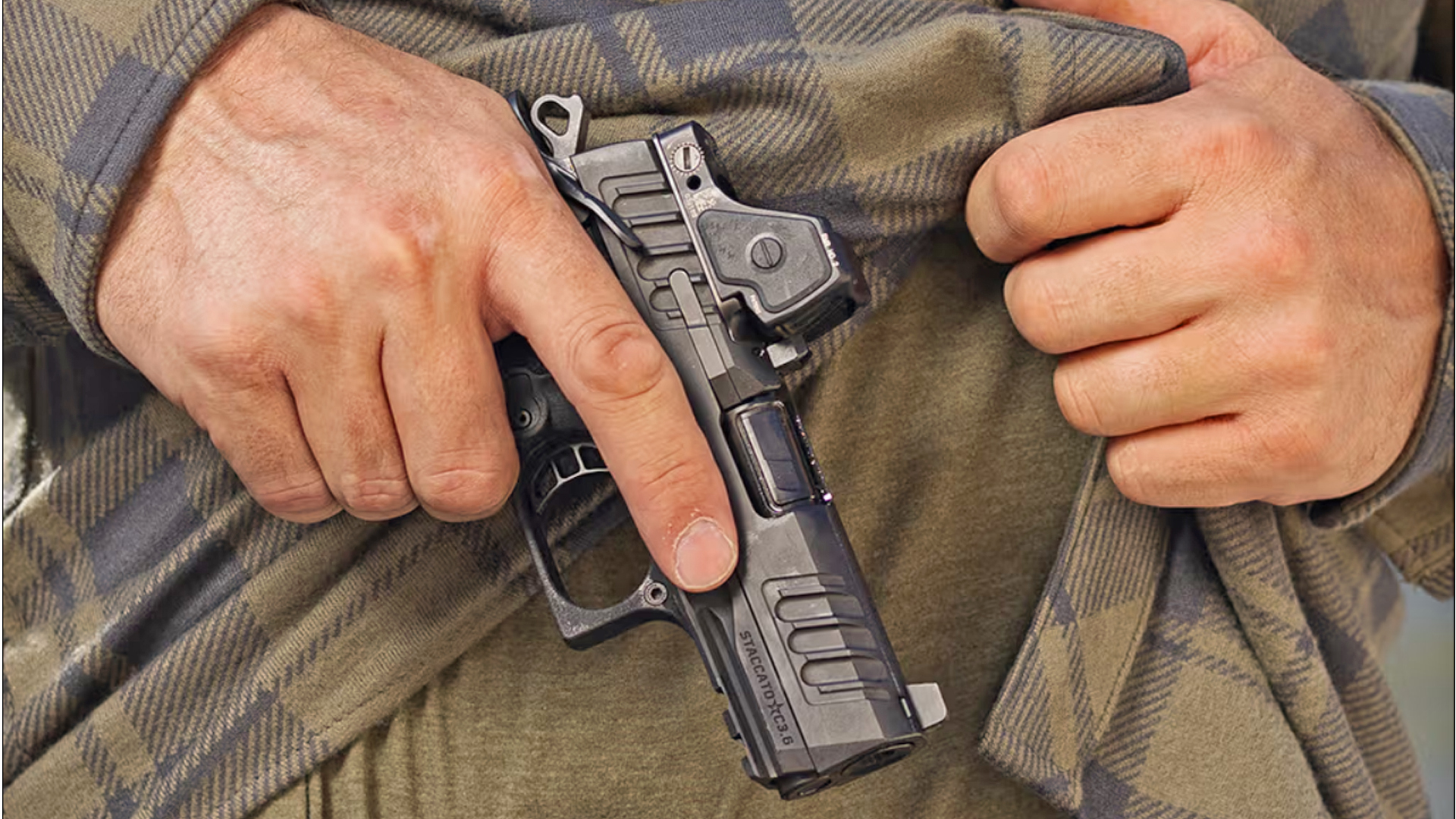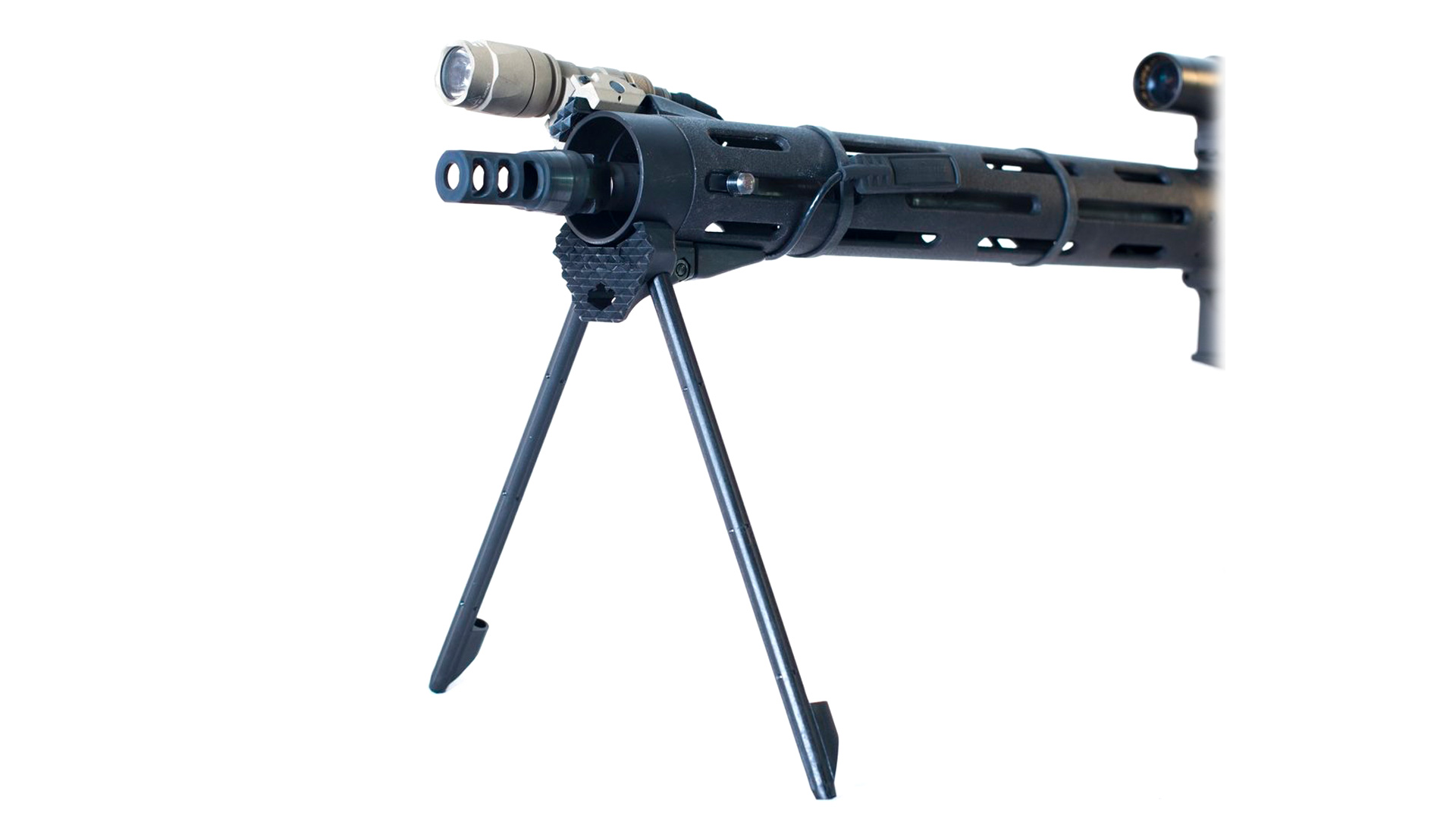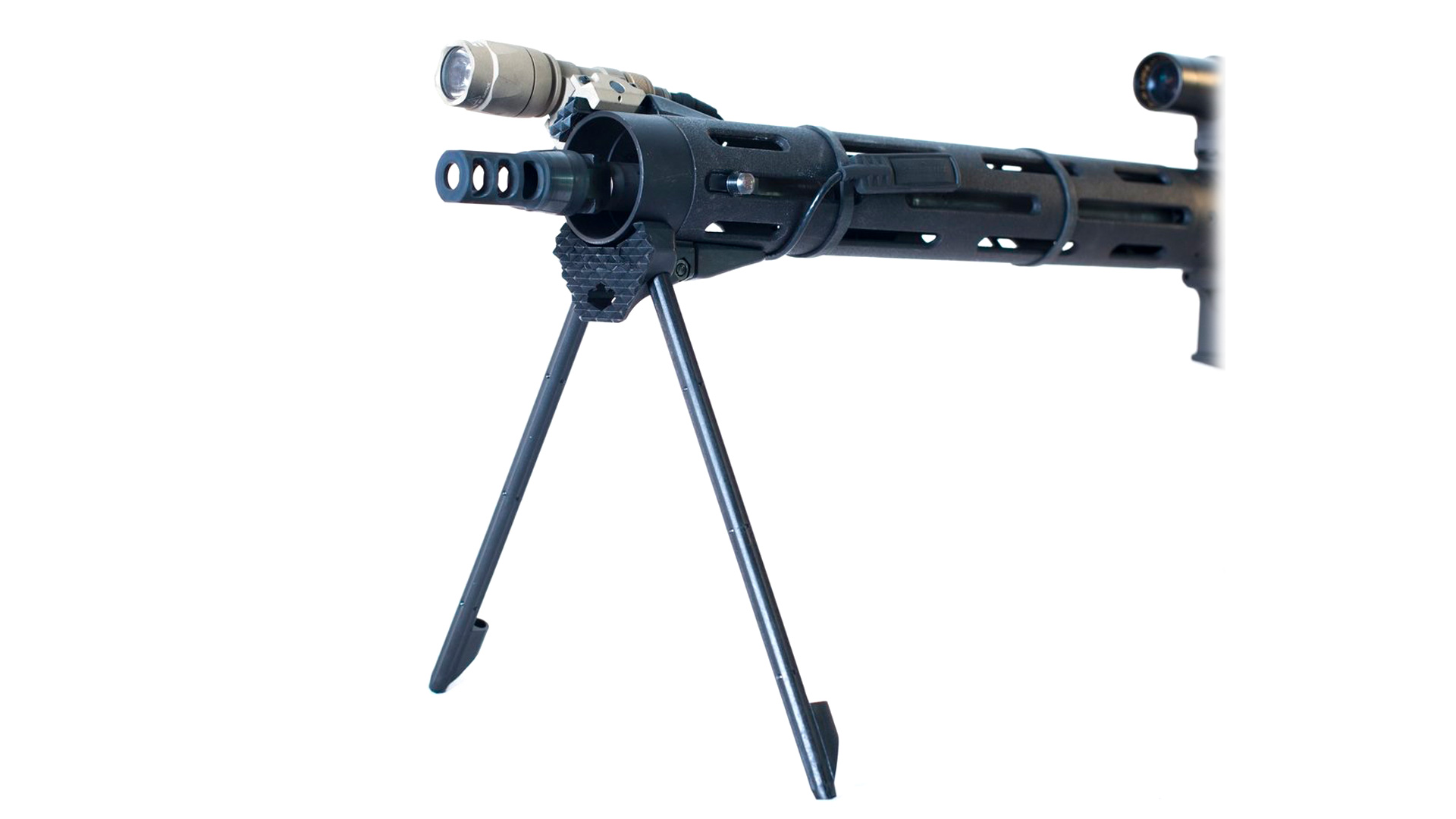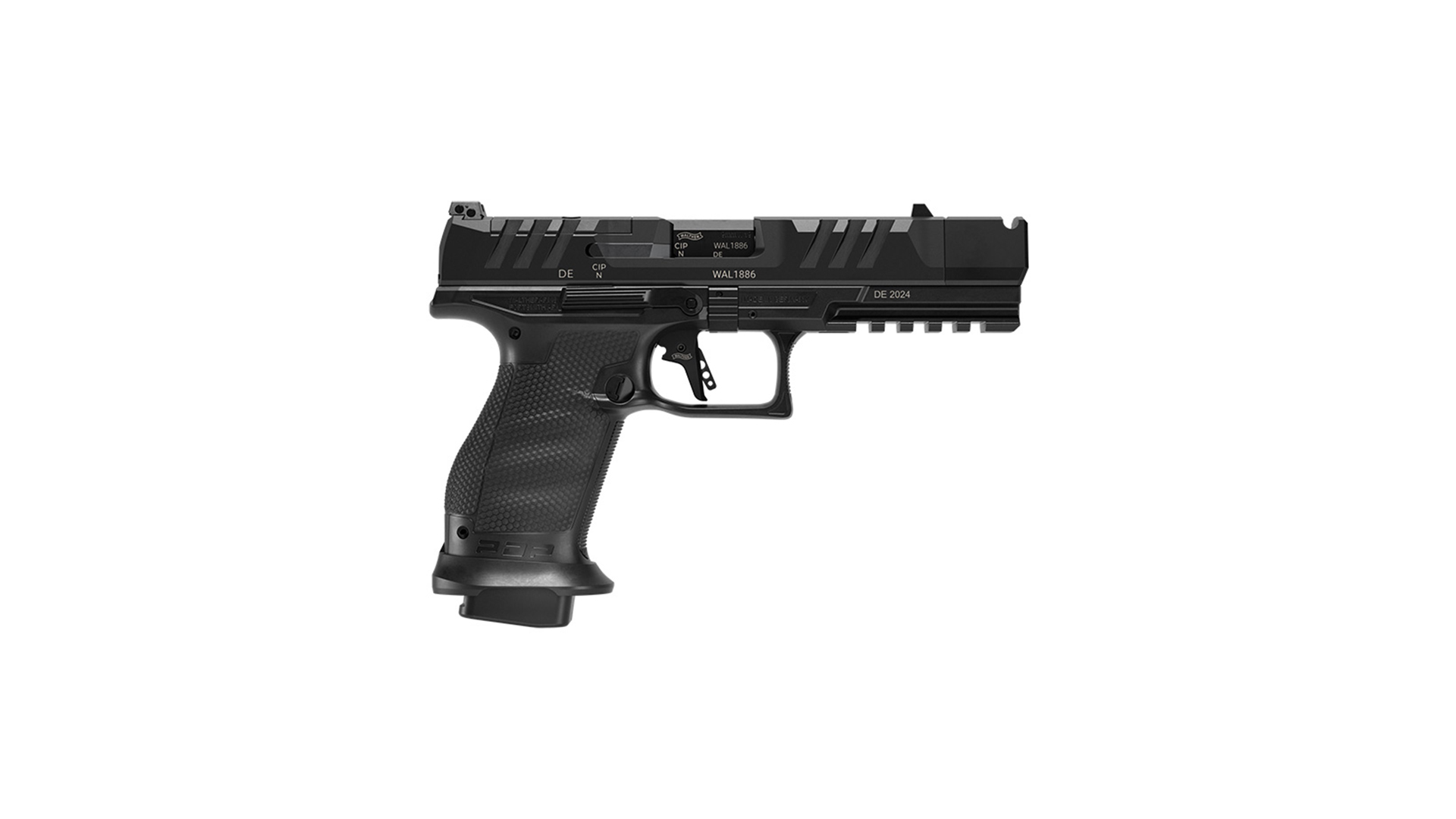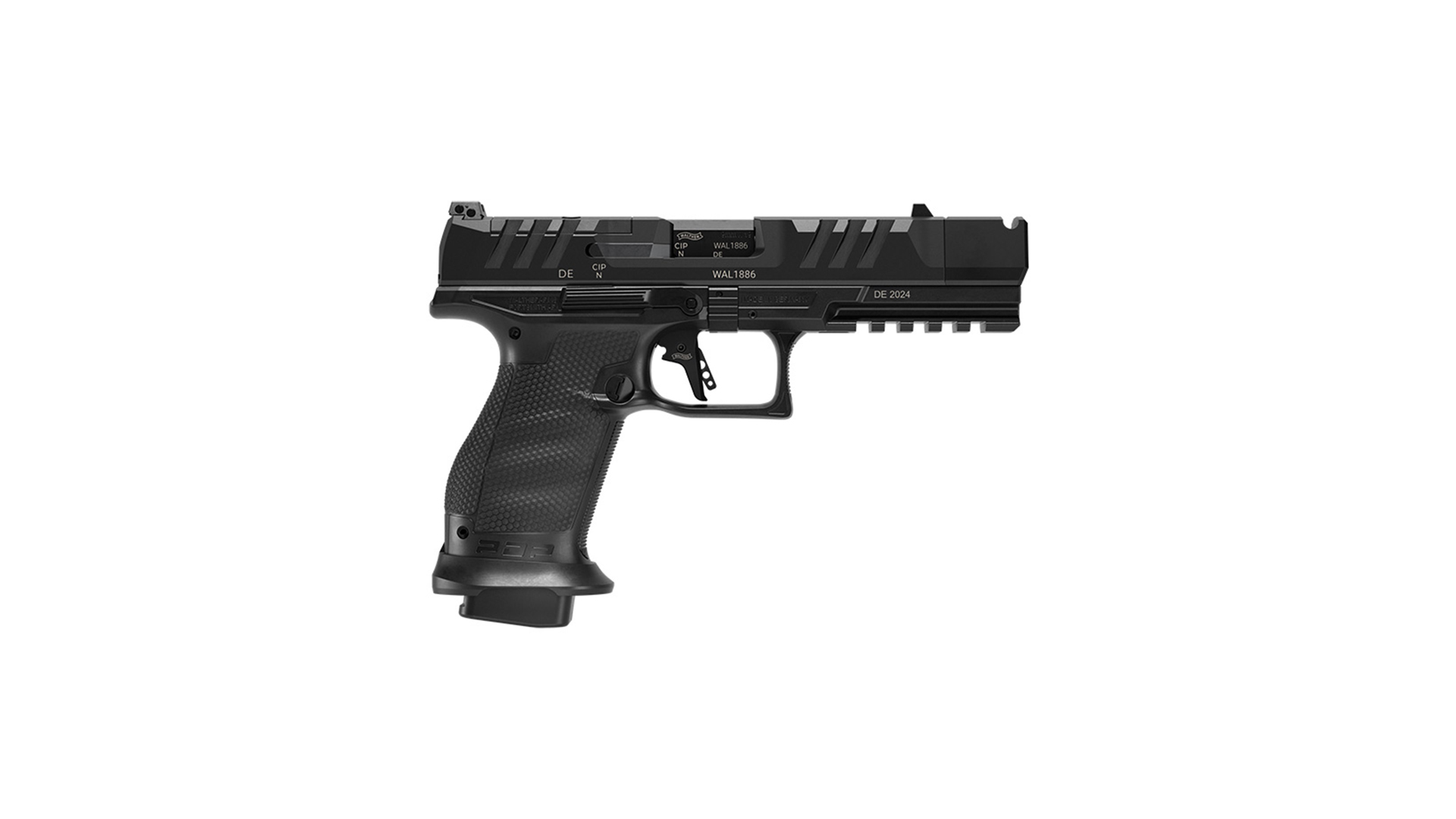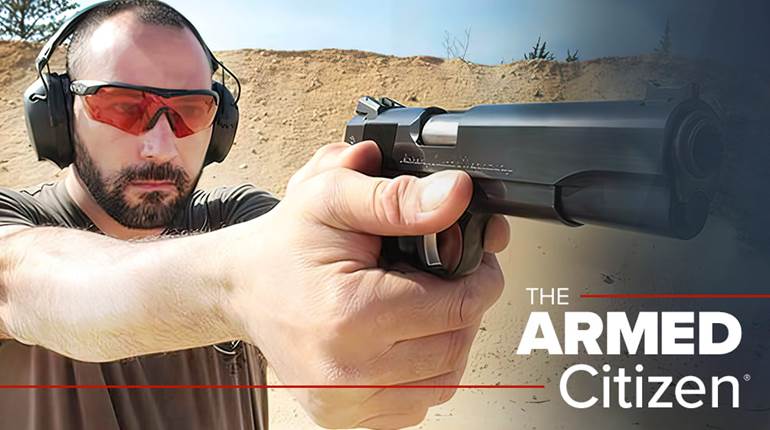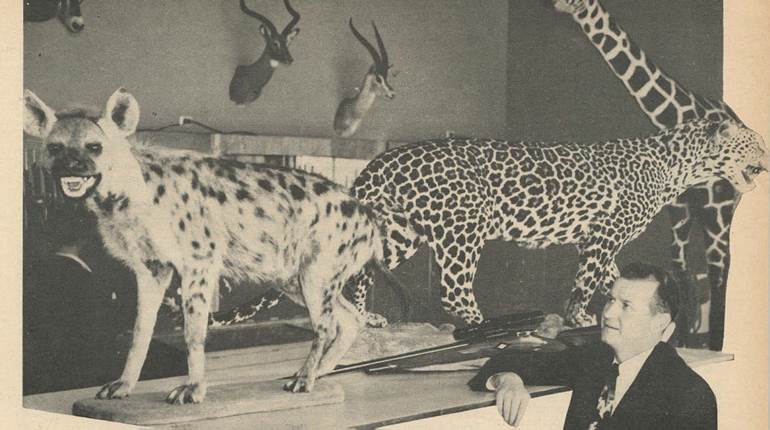
Chapuis is a versatile company that still employs engravers and gunsmiths to hand-build such models as the Faisan Artisan over-under shotgun with Grade 5 walnut (inset), but it also produces the state-of-the-art ROLS Carbon straight-pull rifle (above).
In French, savoir-faire means “to know how to do,” and it is usually associated with class and style. I can think of no better descriptor for French gunmaker Chapuis Armes. The company, indeed, knows what it is doing and is good at it—which is making guns. Most Americans know nothing about Chapuis, let alone have had the chance to handle its guns. Whenever I mention Chapuis, even to gun guys, I inevitably get the response “Chap-what?” Pronounced “shap-wee,” the guns are spendy but worth it.
Let’s get this out of the way. If you want to disrespect French gunmaking, please don’t. At least not around me. Ever heard of the U.S. Model 1795? Not only was the American Revolution won with the game-changing help of the French, but the first American military arm was an unabashed copy of the French Model 1763/66 musket. One of its makers was Saint-Étienne in France’s Loire Valley, the heart of the nation’s gun manufacturing industry. For centuries, guns—military and civilian—have been made there. Other aspects of French culture and history are fair game.
Although the family had been involved in making guns probably since before the age of steam, it wasn’t until 1966 that Jean Louis Chapuis started producing guns that bore his surname in a small village just outside Saint-Étienne. The company made shotguns, typically French, trim and lightweight, principally for the domestic market. But that would change. Then, as now, the biggest market for firearms was the United States.
The lack of name recognition here was not for a lack of trying. I’ve been a fan of the company’s double guns since I shot one in 1991. I have several friends who cherish them, and I have admired them in booths at shows around the world. The Blue Book Of Gun Values identifies at least 12 different importers for Chapuis, and looking through our files, I found at least two more that no one besides Chapuis probably knew about. There are likely more.
Admittedly, the price tags are not entry-level, and I’m not sure they previously had the right partner in the United States to make Chapuis a household name. The quality of the guns has always been there, but if no one knows about them, they are much like a tree falling in the woods.
That all changed when Beretta Holdings acquired Chapuis in 2019—or at least a majority stake. There is still a Chapuis at the helm, General Manager Vincent, son of René (more on him below) and grandson of founder Jean Louis. Pietro Gussalli Beretta, a dedicated hunter and chairman and CEO of Beretta Holdings Group, was looking for the right double rifle company. The group owns, of course, Beretta, Benelli, Sako, Stoeger and now Holland & Holland—note that H&H was acquired after Chapuis. Putting Chapuis on the American map now is Benelli USA.
Chapuis is a mix of old-school craftsmanship and modern technology, much like Beretta itself. And Beretta Holdings is putting both human and financial capital behind the French maker. Last fall, I was invited by Benelli USA to attend an event in Manhattan at the Beretta Gallery. I’m not sure what the other writers in attendance were hoping to accomplish, but I really wanted to meet Vincent Chapuis. His pride and enthusiasm for the guns—especially the ROLS—and the partnership with Benelli were evident. Although ownership lies with Beretta Holdings, he is firmly in charge and working closely with his American partners.
“I am delighted that Chapuis has joined the Beretta Holdings family, and we are looking forward to introducing these fine guns to American shooters and hunters,” said Tom Debolt, general manager of Benelli USA.

A Double Rifle Company
“Double rifles are aristocrats and expect to be treated as such.” So wrote my late friend and American Rifleman Field Editor Finn Aagaard in a 1989 story titled simply “A French Double Rifle.” A former Kenyan professional hunter—and avowed magazine-rifle fan—he found a lot to like about the RGExpress in .375 H&H. At the time, the rifle cost $5,500—they start at about double that today.
“[A] rifle is much more than a tool,” Aagaard wrote. “I would derive tremendous satisfaction and pleasure from carrying the classic, sweet-handling double afield under suitable conditions, and that is oftentimes worth more than your practicality. I found the Chapuis double entirely delightful; it is in all ways a true aristocrat among rifles.” I would argue they remain so.
Chapuis’ action is a double-hook, Blitz-style system introduced by René Chapuis in 1974 for the Progress shotgun that was modified and strengthened to go from a smoothbore to a double rifle firing powerful cartridges. “For us, double rifles became bigger and bigger and became our main product,” Vincent Chapuis said. Today, that same action, with modifications, is the AGEX. The action is strong, but small for its chambering.
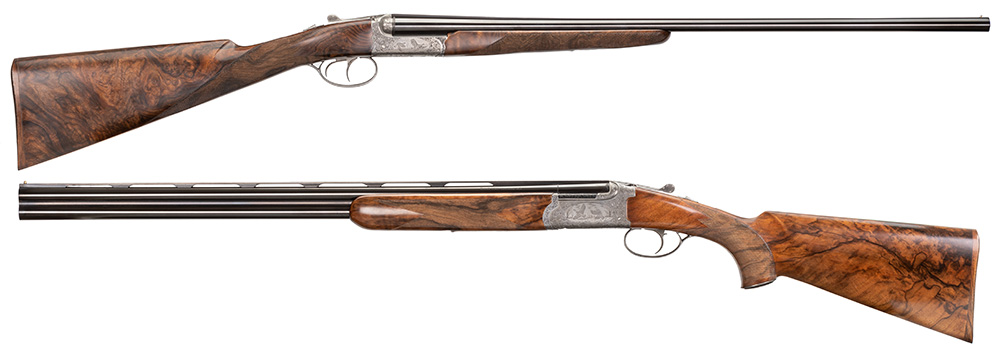
Chapuis hit the brand manager lottery when it got Tom Leoni. For years, he has managed Uberti for Benelli USA. Tom is, through and through, a gun guy; he owns and hunts with vintage rifles, including doubles. “Chapuis is a premium brand that straddles the line between guns made to be used and guns to be admired,” he said.
Considered a “medium bore,” .375 H&H Mag. really is an all-around hunting round, the minimum chambering required for dangerous game in most African countries and an excellent cartridge. It has the power you need for the likes of Cape buffalo, but I’ve also found it to be accurate enough to snipe diminutive African antelope at 150 yards—a scope helps on the latter.
Leoni wanted an all-around double that was more attainable in price but capable of taking any game that roams the Earth. That gun is the Iphisi, which is the Zulu word for big-game hunter. Based on the AGEX, it is offered only in .375 H&H Mag. with 26" blued barrels, double triggers and a AAA walnut stock. It has genuine color-casehardening and scroll engraving here and there.
One of the things that makes the Iphisi stand out is the wedge between the barrels forward of the front sight. That is because double rifles need to be regulated. Essentially, you have two different guns firing rounds from two different barrels, and, at some point, you need them to converge.
Leoni settled on the Hornady 300-grain DGX as the standard load for regulation, and it is recommended for owners of the gun. The Iphisi is regulated at 50 meters. By using an exposed wedge, a gunsmith can regulate the rifle for a given load more easily. Whatever you do, even if it seems a bit unsightly on such an expensive rifle, don’t file it down.
Another Leoni contribution was to have the Iphisi’s scope base integrated into the rib that will accept Talley rings, making the job of scoping the rifle easier, although a three-leaf express sight is included, as well as two front beads, one being for low light that can be flipped up when needed. While you can spend, literally, as much as you would like on a double rifle, the Iphisi comes in at $9,999.
Truly Fine Shotguns
I have examined Chapuis catalogs in excess of 50 pages, and although you can special-order anything made through Benelli, the company has scaled back its standard offerings and added focus.
When it comes to the shotguns, two models in two grades and three scaled gauges—in both side-by-sides and over-unders—are imported. The side-by-side is called the Chasseur (French for hunter), and the over-under is the Faisan, which means pheasant. Both are ejector guns with Blitz-type actions, meaning key parts are mounted to the trigger plate. They are slim and lively, with a particularly shallow action on the Faisan—described as a round action—with full-coverage engraving on their receivers.

Available in either Classic or Artisan levels, the first difference is the quality of the wood: Grade 5 Circassian walnut for the Artisan and AAA for the Classic. Twice a year, Vincent Chapuis personally picks the blanks to be used—especially on the higher-end guns. The other is engraving, with the Classic engraving patterns being done by laser. Even though these are still pricey guns, between $5,299 and $6,899, they are considerably less than the Artisan. With the latter, you’re not only paying for finer walnut, but you’re also paying for a skilled artisan to engrave the gun by hand.
Chapuis is interesting in that it has modern five-axis CNC machines, up-to-date CAD/CAM software and a very sophisticated hammer-forging operation for barrels, but it still employs craftsmen that engrave and checker by hand. Artisan guns start at $10,899 and go to $12,499. I found the almost dainty 28-ga. Chasseur to be a magic wand that may get additional coverage in the future.
Rolling With The ROLS
Even though its bread-and-butter guns are classic doubles with traditional engraving, Chapuis continues to innovate. We’ve seen a generation of straight-pulls suited to the style of hunting popular throughout Europe. “Really, the ideal rifle for driven-game shooting is the straight-pull,” Vincent Chapuis said. The fastest follow-up shots, of course, come from double rifles, whether they be side-by-side or over-under (Chapuis makes both), but if you’d like three or four rounds in the magazine—or to change chamberings yourself—you are going to need a repeater of some sort.
And that is where the ROLS comes in. Introduced here in 2019, the ROLS, which is an acronym in the original French, is Chapuis’ take on the straight-pull. Prices start at just under $6,000 but can climb to nearly $10,000. Guns can be had with or without iron sights, with engraving and in AAA or 4A walnut. Our test sample, called the ROLS Carbon, featured a carbon-fiber stock and was extremely lightweight—5 lbs., 10 ozs., unscoped. I would call it a cross between a mountain rifle and a driven-game rifle—and it would excel at either pursuit.
You get a 22.5" barrel with an overall length of about 41" because the magazine is above the trigger guard. Frankly, it is one of the handiest guns I’ve ever shot. The pride of the design was evident in the enthusiasm Vincent Chapuis expressed as he described this gun. The bolt handle is naturally placed so you can get to it, and the cocking effort is minimal.
The ROLS comes cased and disassembled. You’ll definitely need to read the owner’s manual on this one before proceeding. Barrel attachment to the blued-steel upper receiver is by a single torque screw that passes through the bottom of the action. The free-floated barrel is threaded into the receiver, and its bottom mates to the steel and aluminum stock chassis that includes a recess for the 0.551" by 0.799" recoil lug. Simply turn it until snug, and the barrel is installed.
Installing the bolt is also fairly easy. On each side of the bolt carrier group there are 10"-long, triangular steel rails that engage with slots in either side of the lower receiver’s interior bottom. Line the rails up, depress the bolt release at the rear left of the receiver and slide it all the way forward.

The key to the ROLS is its non-rotating bolt head and a collet with eight clips inside the receiver behind the chamber, which provide 360-degree lockup and engagement—said to be able to hold as much as 123,000 p.s.i. Most rifle cartridges top out at less than half that. As the bolt is pushed forward, the collet, with an annular ring that corresponds to the bolt head’s shape, fully engages the bolt head, and then the entire assembly is locked by continuing the bolt’s forward motion, which cams a lug at the bolt’s rear into the locked position. When you work the bolt, you can feel that last camming action and the handle is at about the 6 o’clock position from the side. The gun remains fully locked until the handle is swept backward, unlocking the cam. If not fully locked, the fire-control mechanism is disabled.
Bolt travel is smooth and fast, as you are not working against a spring; that job is handled separately by the cocking piece. The beefy extractor is on the bolt’s top right recessed face. On the bolt face’s bottom left are two plunger-style ejectors.
The grooved cocking piece on the rear of the bolt must be pushed forward to operate the rifle. Push its base forward until it clicks and two red dots will be revealed on the bolt’s rear. This cocks the main spring, so if this is not pushed forward, the rifle will be unable to fire. There’s a firing pin safety, too. If you decide not to fire, simply press the gold release button on the cocking piece’s top, then allow the entire cocking piece assembly to slide rearward, decocking the rifle.
There is no conventional safety. That’s handled by the cocking piece, allowing the trigger guard to be thinner than most. The gold, single-stage trigger broke at a clean, crisp 2 lbs., 10 ozs., with little to no take-up and zero overtravel.

The ROLS magazine is unconventional, being seemingly blind, yet detachable. Below the action port is a polymer, rotary magazine with a metal follower, holding four rounds—in this case, .308 Win. There are two ways to load it. The first is top-loading, which is helpful if you fire a shot and want to top-off the magazine. The other is to depress the round, gold button on the underside of the fore-end, which forces the trigger guard, under spring tension, to hinge downward from the rear. Either continue holding the button or hit it again, and the magazine can be withdrawn for loading or unloading.
The gray-and-black, carbon-fiber stock has a well-shaped, open pistol grip and grooves for the front hand on either side of the fore-end. A generous recoil pad caps the butt, which is helpful, considering the gun’s weight. There is an adjustable cheekpiece that can be raised or lowered by depressing a button on the stock’s right. Beautiful AAA walnut two-piece stocks are also offered on the Classic Bronze, which comes in at $5,899—considerably less
than the Carbon.
ROLS rifles are imported in 6.5 mm Creedmoor, .308 Win., .30-’06 Sprg. and .300 Win. Mag. Designed as a switch-barrel, swapping chamberings is easy. All you need is the right bolt head (there are three face sizes), a new barrel and the proper magazine. Remove the bolt, then turn it upside down. There is a slot marked “Locked” or “Unlocked”; turn it to the unlocked position, then the bolt head can be removed to the front and swapped for a different size. Turn the screw back to the locked position. A replacement barrel installs as described previously. Make sure you have the proper magazine, and voila!
My test rifles arrived with German Recknagel scope mounts specifically made for the ROLS—which are not included and are not inexpensive either (priced between $549 and $749). We opted to use a Leupold VX-5HD 1-5X 24 mm on the .308; we added a Steiner 1-4X 30 mm on the .30-’06 we received. Our groups may have tightened some with a higher-magnification scope, but we chose to use an optic that would actually be appropriate for the ROLS Carbon’s intended purpose.
As a lightweight gun, technique for best groups was important off the bench. Most three-shot groups formed one hole, but our five-shot protocol makes it tougher. The rifle liked to be handled gently—just a little hand pressure on the fore-end’s sides as it rode the front bag. We shot the rifle pretty quickly with a minimum of vertical dispersion as the barrel heated up. That said, the hammer-forged barrel with six lightening flutes and a threaded muzzle with cap cooled off rather quickly.
Where the gun really shone was using as it was intended—offhand and firing quickly. Three of us tried out the ROLS at 40 yards, offhand. Handling was quick and pointability excellent. In more than 250 rounds, there were no failures of any kind, provided you made sure to run the bolt all the way back and then forward. Once all users were familiar with the rifle, no issues occurred. I was able to place three shots in a 12" circle in 3.1 seconds in this drill.
Although pricey, the rifle was truly a delight. As Leoni told me, “Chapuis is for the shooter or hunter that does his research and wants something just a little different.” I’d say the company more than achieved that goal.
“Our company goes back to the 1930s … and we are more than happy to be a part of a new story because the last few years have changed us for the better,” Vincent Chapuis said. “And we look forward to new challenges.” Challenges are always easier to overcome if you have the right partner. And with Benelli USA, I’d say Chapuis could ask for none better.






